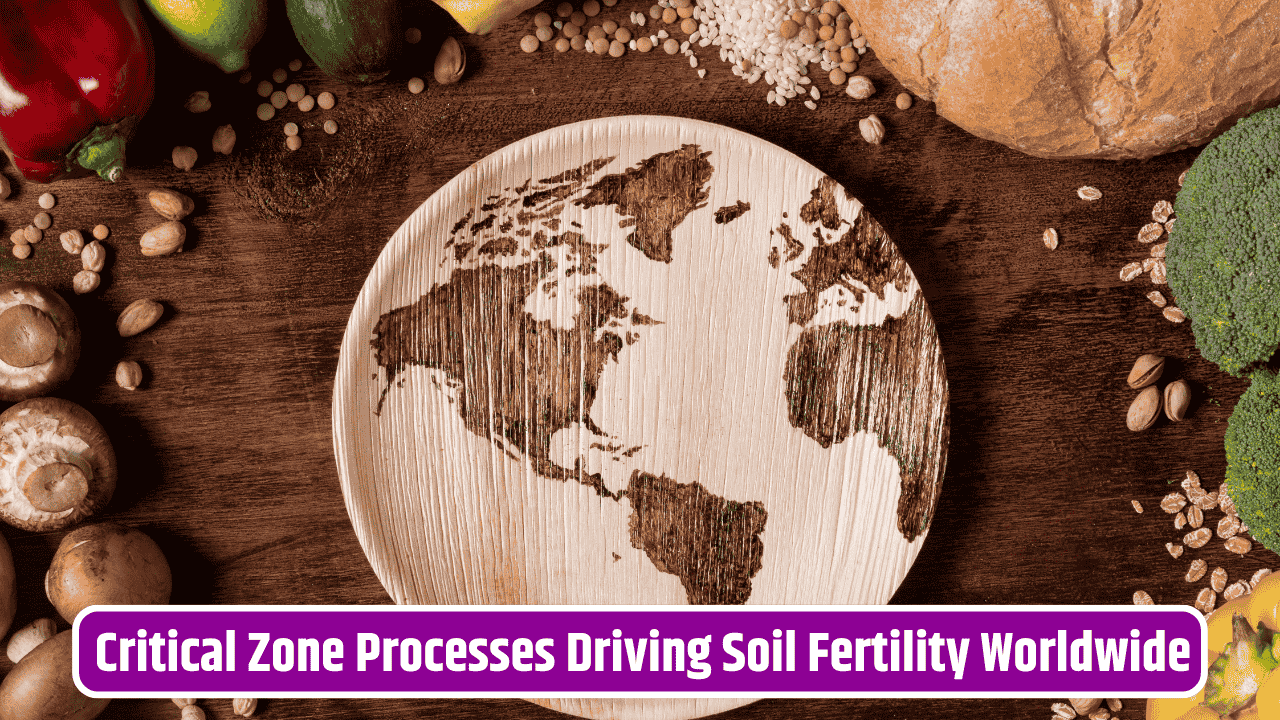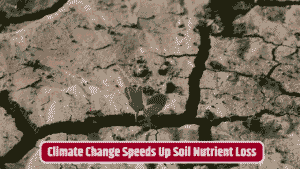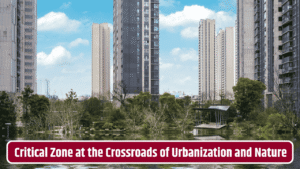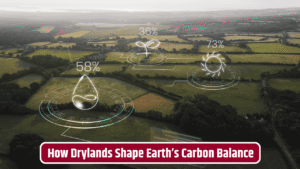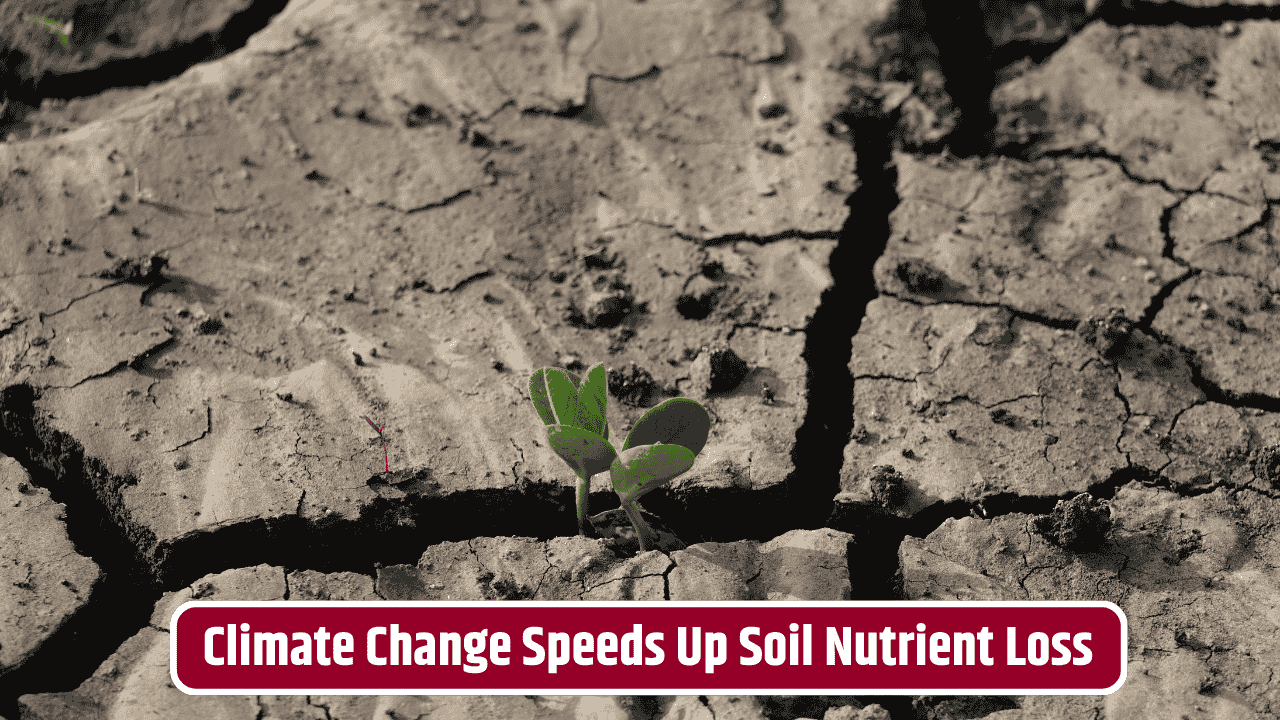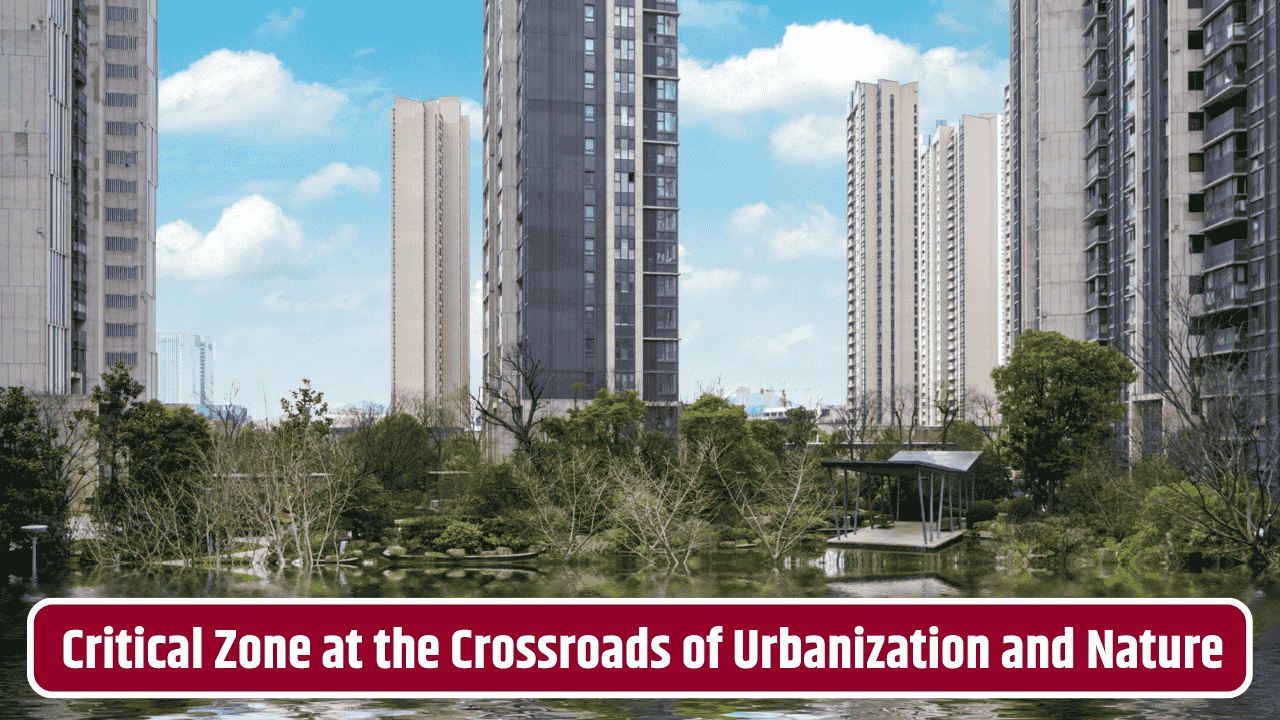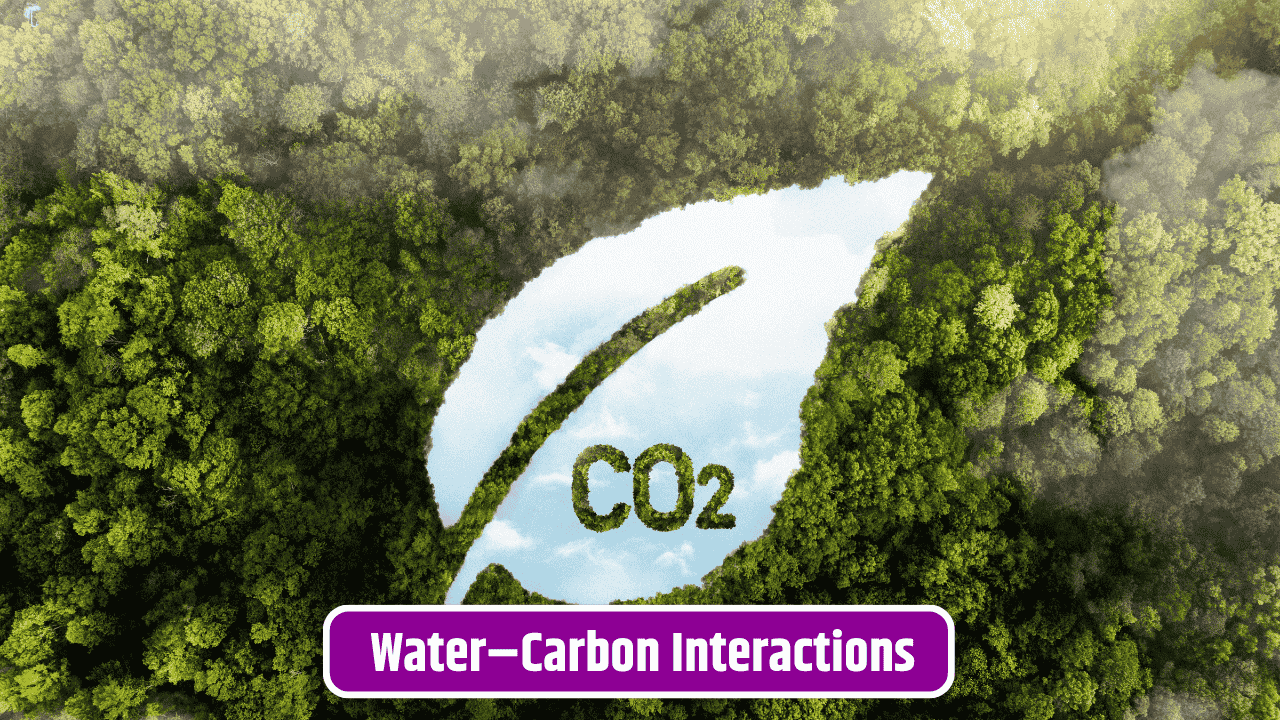Walk barefoot through a forest after rain and you’ll feel it—the ground isn’t just dirt, it’s alive. That spongy, earthy floor is the product of billions of tiny exchanges happening beneath our feet. Scientists call this mysterious interface between bedrock and the atmosphere the “Critical Zone.” It’s where rock turns to soil, water meets roots, microbes feast on organic leftovers, and nutrients shuffle in an endless loop. And believe it or not, how well this nutrient cycling works in the Critical Zone can make or break the future of our soils—and, by extension, our food supply.
Table of Contents
What Exactly Is the Critical Zone?
The U.S. National Science Foundation describes the Critical Zone as Earth’s “living skin”—a thin, fragile layer stretching from the tops of trees down through soil and into the weathered bedrock below. It’s the zone where life, water, air, and minerals interact. Think of it as Earth’s backstage: invisible to most of us, yet running the entire show when it comes to soil fertility, clean water, and ecosystem health.
Unlike the rigid crust beneath or the airy atmosphere above, the Critical Zone is dynamic. Rocks are constantly weathering, carbon is being stored or released, and nutrients are cycling through plants, microbes, and soil particles. When one part of this cycle gets disrupted, the ripple effects reach far beyond the soil itself.
Nutrient Cycling: The Soil’s Circulatory System
If you imagine soil health as the body, then nutrient cycling is its bloodstream. Plants draw nitrogen, phosphorus, potassium, and a cocktail of micronutrients from the soil. When those plants shed leaves or die, microbes break down the organic matter, recycling nutrients back into forms other organisms can use. Rainwater seeps in, dissolving minerals and carrying them deeper into the ground—or sometimes leaching them away.
Here’s where it gets fascinating: the balance between input (like decaying leaves, animal waste, or weathered minerals) and output (crop harvest, erosion, leaching) determines whether soil remains fertile or starts “running on empty.”
| Key Nutrients | Role in Soil Health | Main Sources in the Critical Zone | Risks if Cycle Breaks |
|---|---|---|---|
| Nitrogen | Fuels plant growth, proteins | Decomposed organic matter, microbial fixation | Loss to atmosphere as gas, leaching into water |
| Phosphorus | Root development, energy transfer | Mineral weathering, organic debris | Build-up in runoff causing water pollution |
| Potassium | Water balance, disease resistance | Weathered minerals | Depletion in intensive farming soils |
| Carbon | Soil structure, microbial fuel | Plant litter, root exudates | Reduced storage → climate feedbacks |
Global Soil Health and Why It’s in Trouble
Across the world, soils are struggling. According to the UN’s Food and Agriculture Organization, a third of soils are already degraded, and nutrient imbalances are a big part of the problem. In some places, over-fertilization has overloaded soils with nitrogen and phosphorus, choking rivers and lakes with algae. In others, especially parts of Africa and South Asia, the opposite is true—nutrients are being mined faster than they can be replenished, leaving soils barren.
Climate change adds another twist. Warmer temperatures speed up organic matter decomposition, meaning nutrients cycle faster—but sometimes too fast, leaving soils depleted. Meanwhile, extreme rains can wash nutrients away before plants even get a chance to use them.
Lessons from the Forest and the Farm
Natural ecosystems tend to recycle nutrients efficiently. A tropical rainforest, for example, operates on a “fast cycle”—dead leaves are broken down within days, and nutrients are reabsorbed almost immediately. Hardly anything is wasted. Contrast that with industrial farmland, where crops are harvested and shipped away, but little organic matter returns. Fertilizers try to patch the gap, but they’re more like a temporary IV drip than a real cure.
Some farmers are turning to regenerative practices—cover crops, compost, reduced tillage—that mimic natural nutrient cycling. The USDA and similar agencies in Canada and the UK have been promoting these strategies as a way to restore soil health without over-reliance on synthetic inputs.
Why This Matters for Everyone
This isn’t just a science story; it’s about food security, climate resilience, and clean water. A healthy nutrient cycle in the Critical Zone means soils that store more carbon, crops that need fewer chemical fertilizers, and aquifers that aren’t poisoned by runoff. In short, our ability to keep cycling nutrients determines whether the ground beneath us stays alive—or slowly turns to dust.
Fact Check
Some articles frame nutrient cycling in the Critical Zone as an “emerging discovery,” but the science has been well-documented for decades through Critical Zone Observatories across the U.S. and Europe. What’s new is how rapidly this research is being tied to global food security and climate change. The USGS and the National Science Foundation both provide updated information on Critical Zone research. Similarly, the FAO tracks global soil health, confirming widespread nutrient challenges.
FAQs
What’s the Critical Zone in simple terms?
It’s the layer of Earth between treetops and groundwater where soils form, roots grow, and nutrients cycle.
How does nutrient cycling affect food production?
Efficient nutrient cycling ensures soils stay fertile, reducing dependence on chemical fertilizers and improving crop yields.
Can degraded soils recover?
Yes, but it takes time. Practices like adding organic matter, cover cropping, and reducing erosion can rebuild soil health.
Does climate change affect nutrient cycling?
Absolutely. It speeds up decomposition, increases nutrient losses from storms, and shifts the balance of inputs and outputs.
Which countries are most at risk from poor nutrient cycling?
Sub-Saharan Africa (nutrient depletion), parts of South Asia (intensive farming stress), and heavily industrialized regions (over-fertilization).

